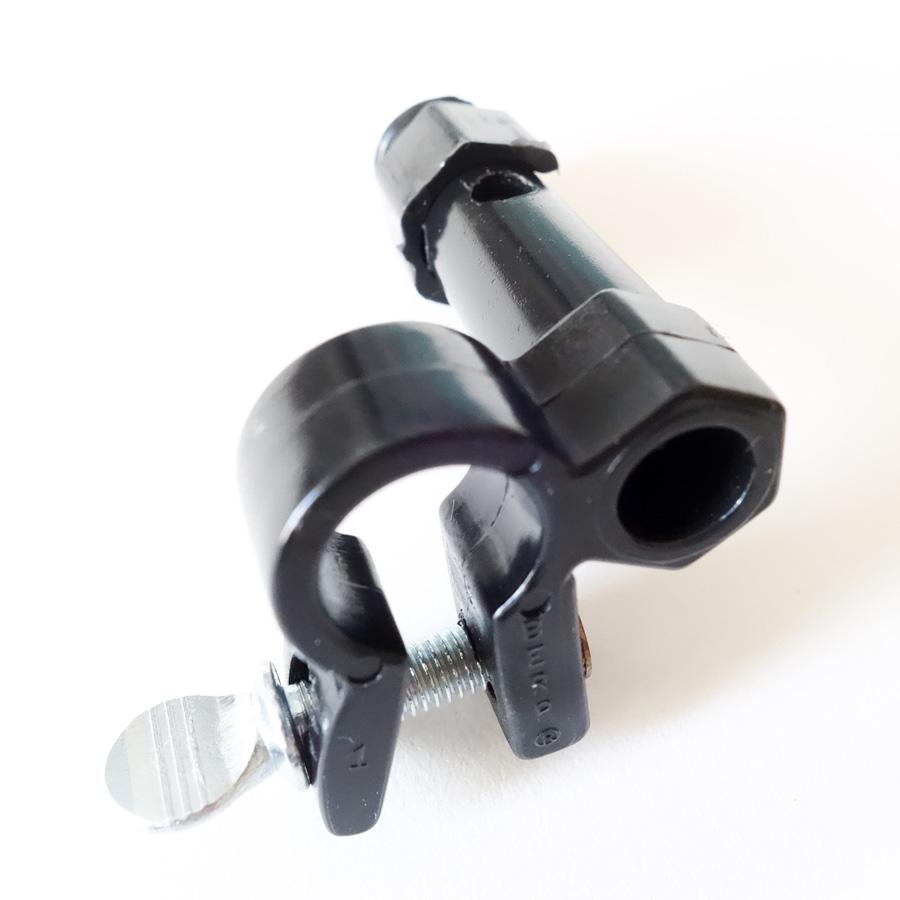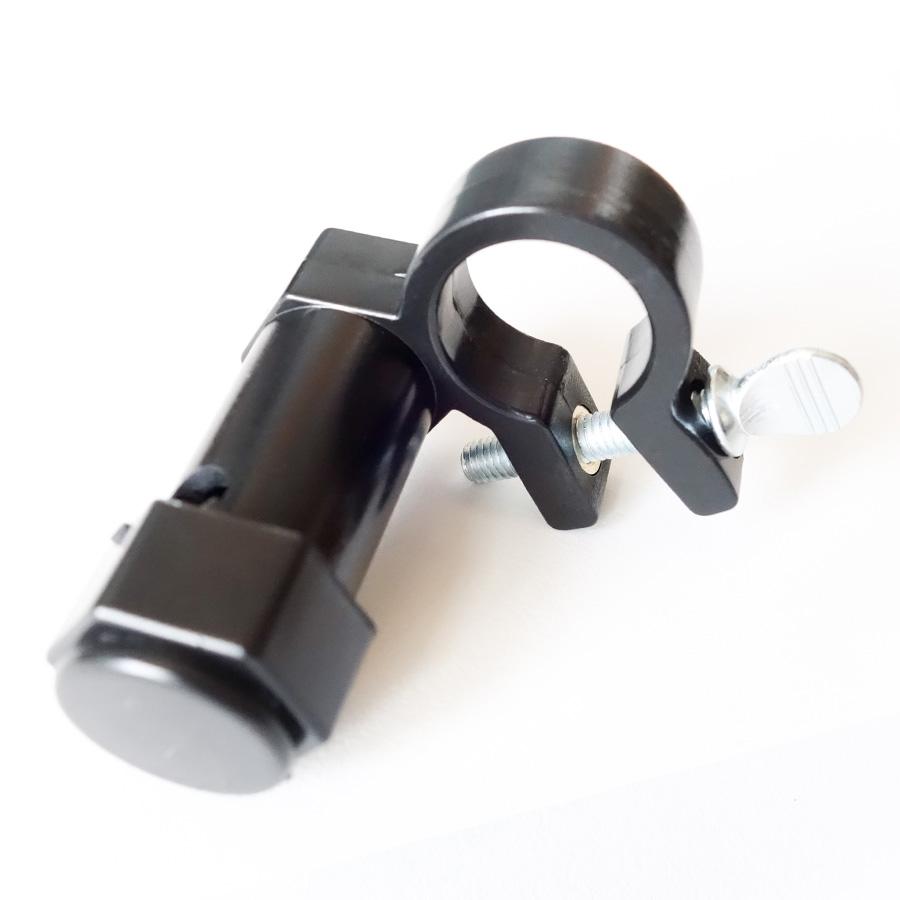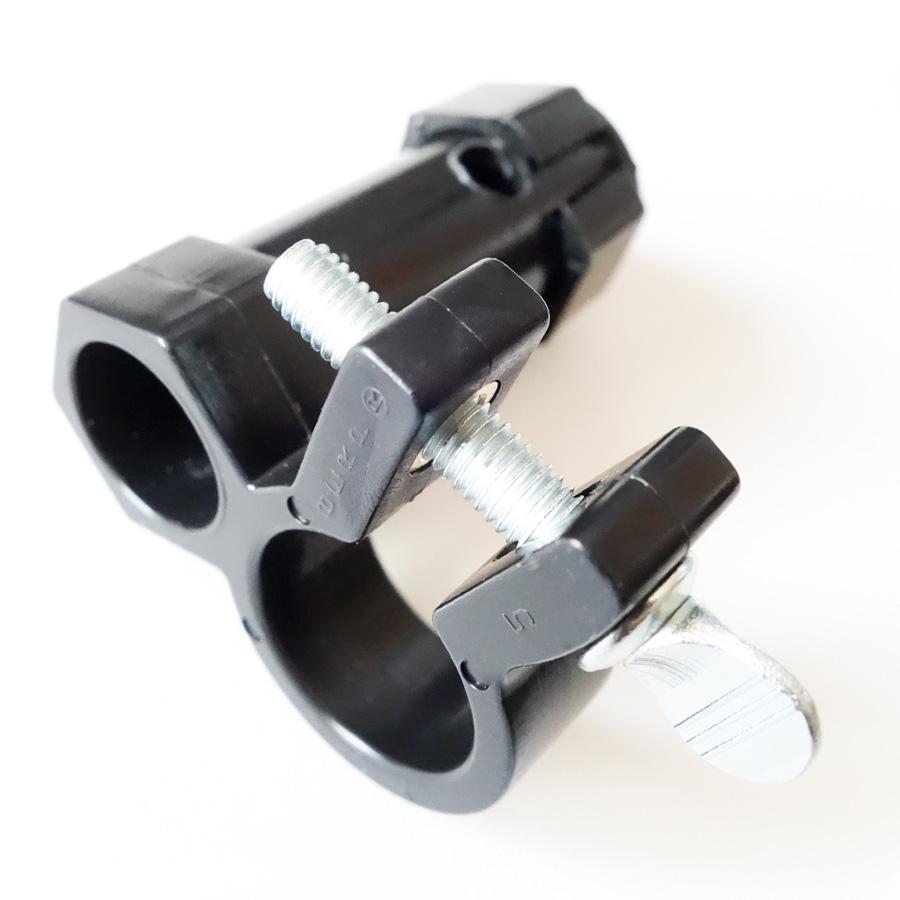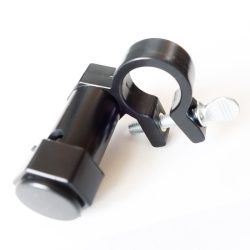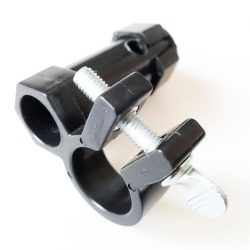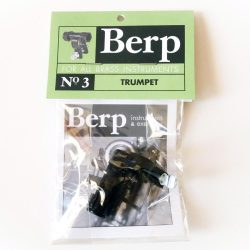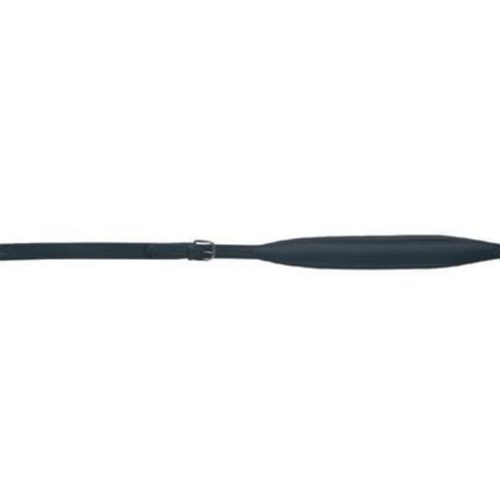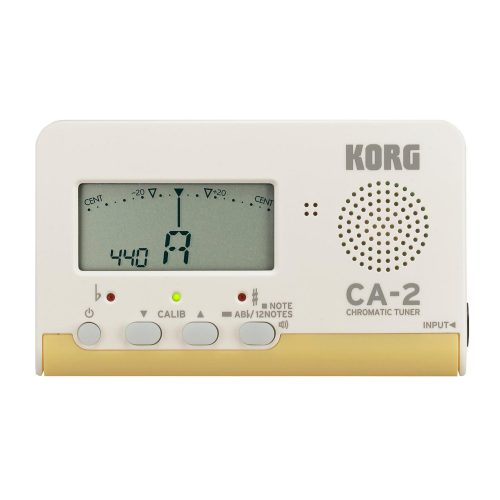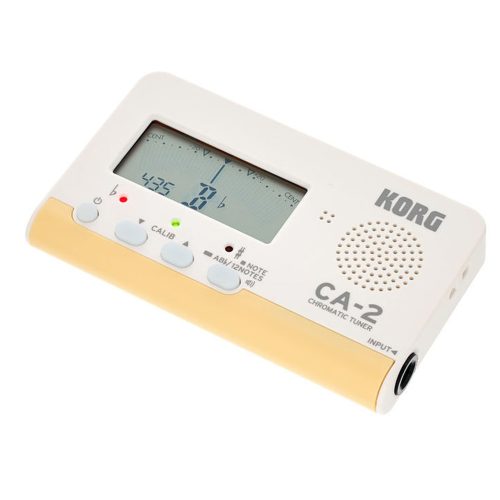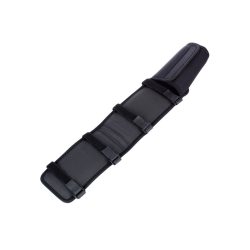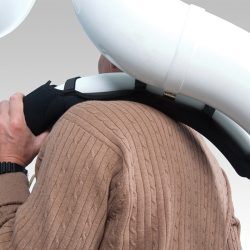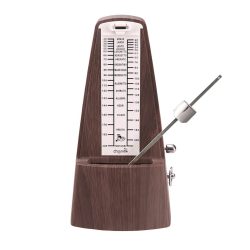Train Your Embouchure and Improve Your Tone
Birth of the berp
One of the leading proponents of buzzing the mouthpiece was James Stamp. I had the great honor of studying with Jimmy while I was a member of the Los Angeles Philharmonic, and his teachings influence the exercises and practice suggestions that make up the berp concept. He had students add resistance to the mouthpiece when buzzing by either placing their little finger over the end or adding a rubber electrical extension called an “alligator clip.” By learning to blow into resistance, you become more aware of undesirable resistance in your body, and learn how to avoid it by using proper breath support. Jimmy also asked us to finger the valves of our instruments while buzzing the mouthpiece, to make us aware of the connection between the fingers and the brain’s perception of pitch. I put the two ideas together, buzzing and fingering (or moving the slide) to the corresponding pitch, to maximize the benefits for my students and myself.
How to berp
The clamp. The Berp clamp fits firmly onto the open end of the instrument’s receiver, with the mouthpiece removed. It’s designed to tighten around a round, hex, or convex-shaped opening. If a receiver has an oversized ring at the opening, it may be necessary to push the clamp past that before tightening down. For some receivers, you may also need to add black electrical tape to the inside of the clamp to help prevent slippage and ensure a secure fit. Most people prefer to line The Berp up parallel to the receiver at the “three o’clock” position. You may want to experiment with other positions to determine what’s best for you. Once The Berp is firmly attached, you can easily alternate between buzzing and playing your instrument by switching the mouthpiece.
The resistence dial. The dial for the trumpet, horn, and cornet Berp should be positioned below the holes and pushed up to partially cover them to create the desired resistance. The dial on The Berp for trombones, euphoniums, and tubas should be positioned above the holes and lowered to create the desired resistance. Beginners usually have a better chance of getting a good buzz with slightly more resistance. Once a good buzz is achieved, resistance on The Berp should be dialed similarly to that of the instrument.
Time to berp

This exercise can be started on either open partials up and/or down. Practice with the same routine.
- Clamp The Berp onto the receiver. Play the starting pitch on your instrument, then place the mouthpiece in The Berp and buzz the exercise like a siren or glissando.
- Buzz the exercise again, but this time center each pitch and press your instrument’s valves down or move the slide to the notes that you are playing. When you play The Berp, practice making the beginning and ending pitch sound (resonate) the same. Correct sound production will result when the air leads the way, whether ascending or descending.
- Finally, play the exercise on your instrument with the same energy you used to make a consistent buzz. The embouchure should feel more relaxed than when buzzing in order to get a free, resonating sound. Always alternate between the berp and playing your instrument, to gain ear training benefits and strengthen your embouchure.
BERP BERP3 Buzz Extension Resistance Piece – Trumpet
- The perfect practice tool for brass players
- Attaches to your trumpet’s leadpipe
- Resistance dial mimics the playing feel of your instrument
- Ideal for low-volume practice sessions
- Suitable for players of all skill levels
Why Buy From Marshall Music
At Marshall Music, we’re all passionate and highly experienced musicians that love what we do. Family run and family owned for over 35 years, we stock a huge variety of the very best brands in the world of musical instruments, music technology, professional audio and accessories. At Marshall Music, you’ll get the right advice – exactly what you need to make the best possible purchasing decision. We’ll do all we can to make sure you get the right thing at the right price as efficiently as possible – leaving you with a smile on your face!

